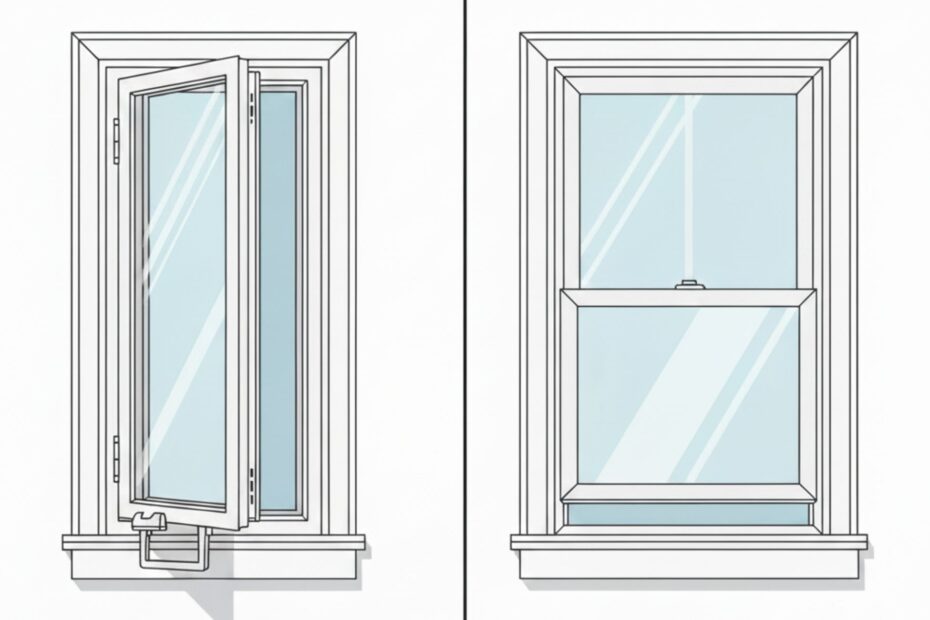How to Clean Window Tracks: Best Tips for Spotless Results
Cleaning window tracks doesn’t have to be overwhelming, once you know the right methods, it’s a simple task that keeps your windows looking great and working smoothly. Over time, tracks collect dust, dirt, and even mold, making windows harder to open and close. The best way to clean window tracks is to start by vacuuming or brushing away loose debris, then wiping them down with a damp microfiber cloth. For stubborn grime, use a natural solution of baking soda and vinegar, letting it fizz before scrubbing with an old toothbrush. Finish by drying the tracks thoroughly and applying a light coat of silicone lubricant to prevent wear and keep everything sliding effortlessly. With regular upkeep, your windows will stay spotless, mold-free, and fully functional year-round.









